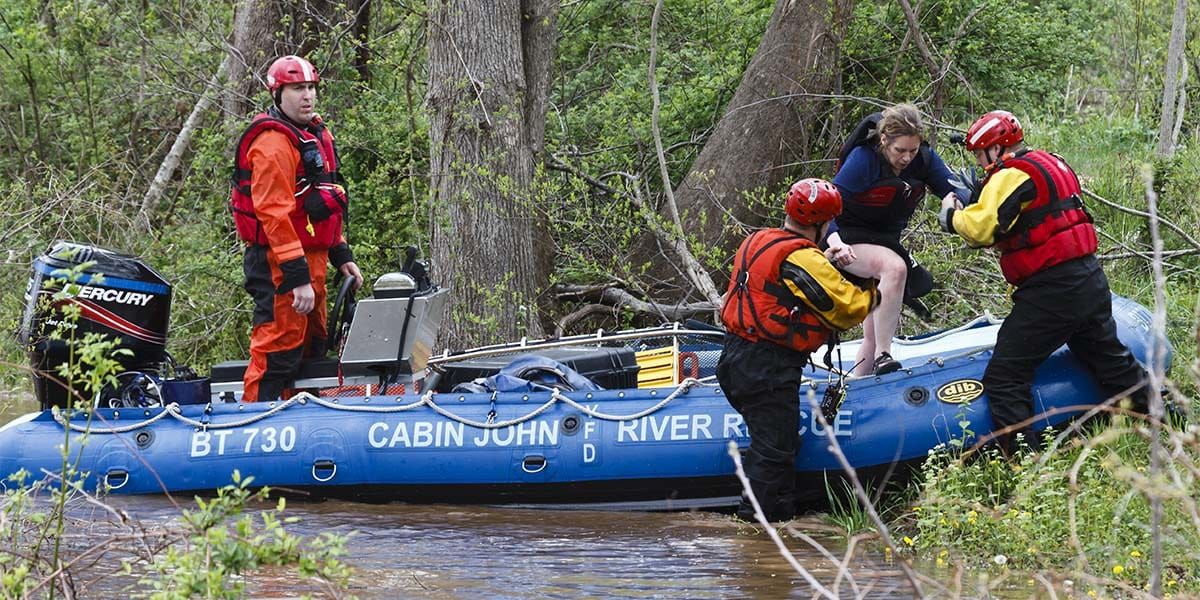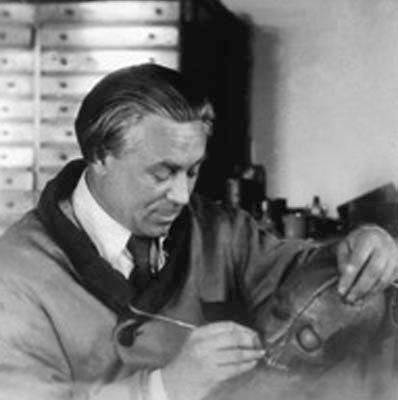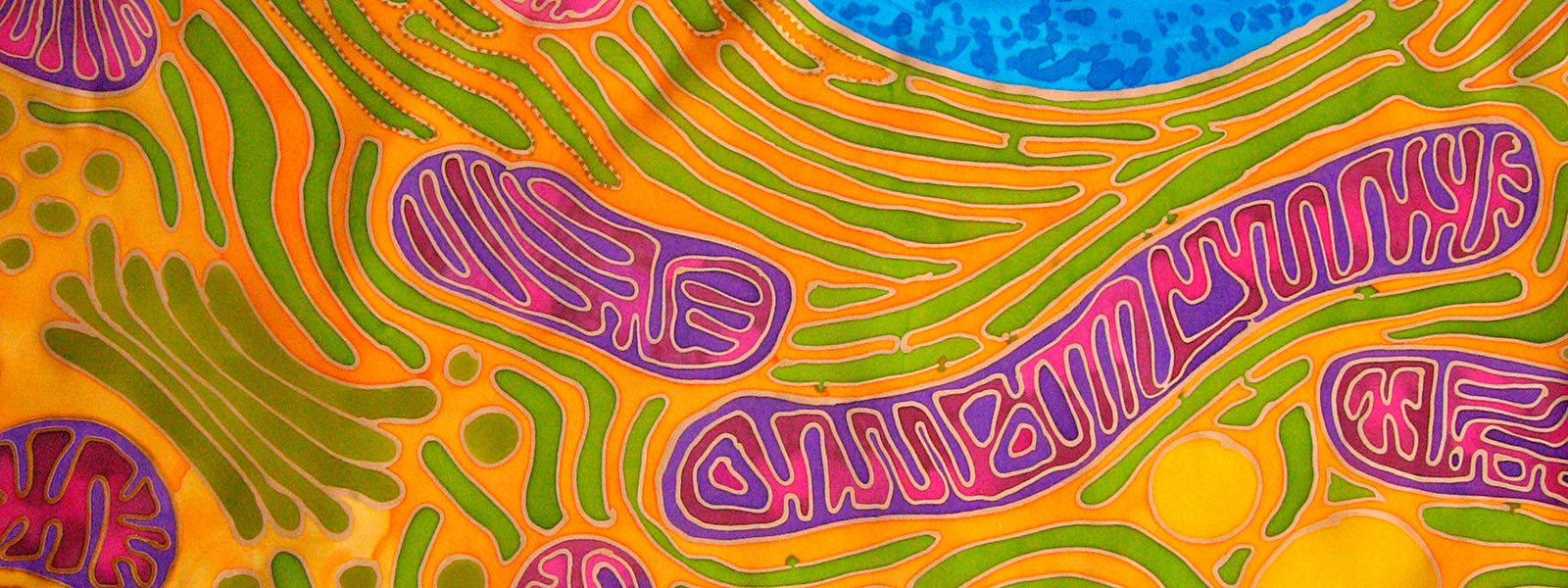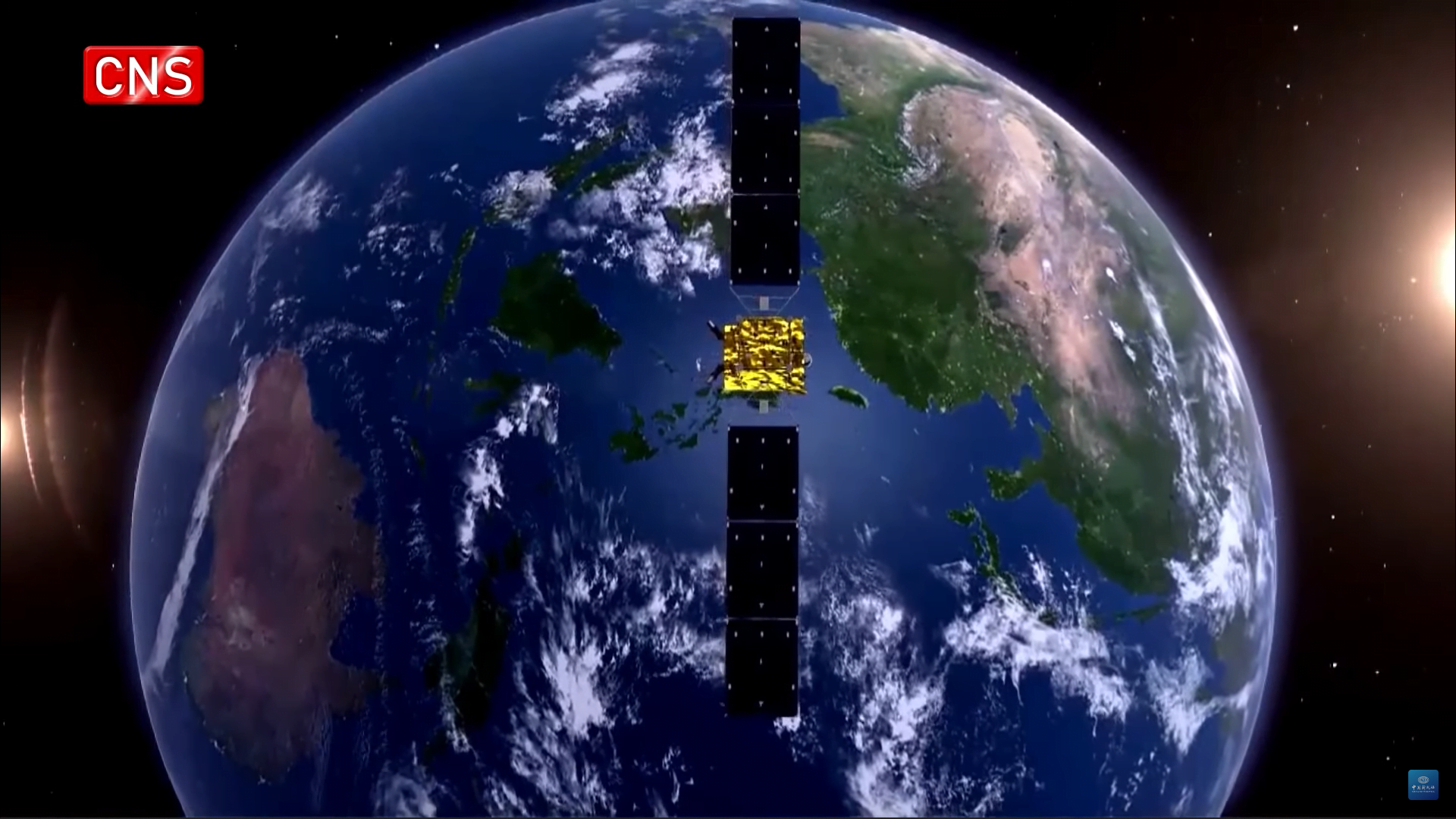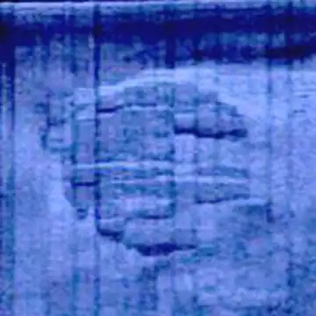
Baltic Sea anomaly - Wikipedia
The Baltic Sea anomaly is a feature visible on an indistinct sonar image taken by Peter Lindberg, Dennis Åberg and their Swedish OceanX diving team while treasure hunting on the floor of the northern Baltic Sea at the center of the Gulf of Bothnia in June 2011. The team suggested their sonar image showed an object with unusual features of seemingly non-natural origin, prompting speculation published in tabloid newspapers that the object was a sunken UFO.
A consensus of experts and scientists say that the image most likely shows a natural geological formation.[ 1] [ 2] [ 3] [ 4] [ 5]
The Swedish-based OceanX describe themselves as treasure hunters and salvage operators.[ 6] According to the team, they returned from an expedition in the Baltic Sea between Sweden and Finland with a "blurry but interesting" sonar image while searching for an old shipwreck in the summer of 2011. They have claimed their image shows a 60-metre (200 ft) diameter circular object with features that appeared possibly man-made. The group revisited the site the following year to get more detailed sonar scans. Following a story published by the UK tabloid newspaper the Daily Mail in June 2012, a number of wildly speculative theories became popular.
Samples of stone recovered at the site by OceanX were given to Volker Brüchert, an associate professor of geology at Stockholm University. Brüchert's analysis of the samples indicated that most are granites, gneisses and sandstones. Among the samples was a loose piece of basaltic (volcanic) rock typical of many on the site, which is out of place on the seafloor, but not unusual. "Because the whole northern Baltic region is so heavily influenced by glacial thawing processes, both the feature and the rock samples are likely to have formed in connection with glacial and postglacial processes. [...] Possibly these rocks were transported there by glaciers," explained Brüchert.[ 3] Swedish geologists Fredrik Klingberg and Martin Jakobsson say that the chemical composition of the samples provided resembles that of nodules that are not uncommon in sea beds, and that the materials found, including limonite and goethite, can indeed be formed by nature itself.[ 3] The geologists did not have actual samples from the object but only from the seafloor and surrounding material.[ 7]



